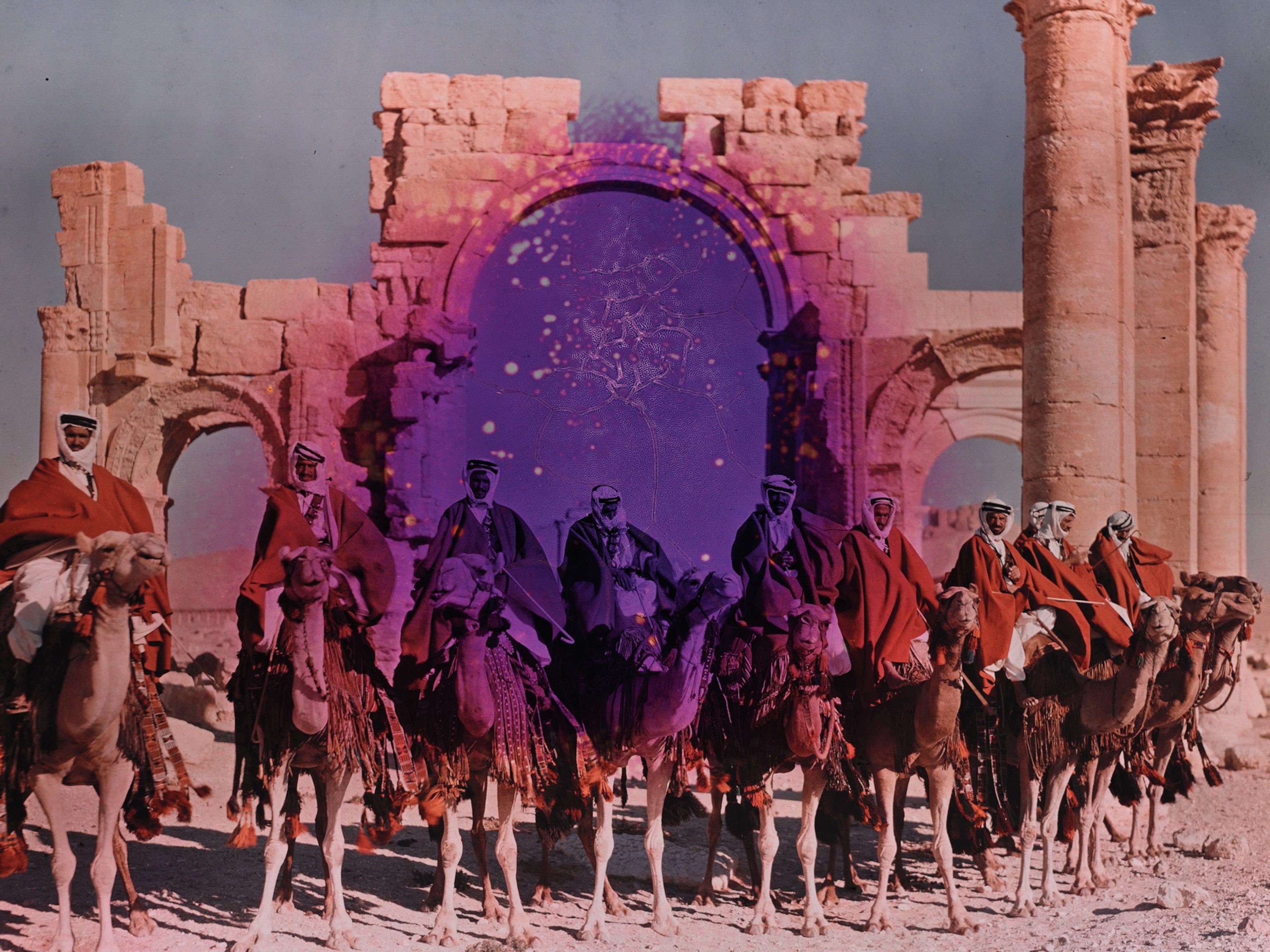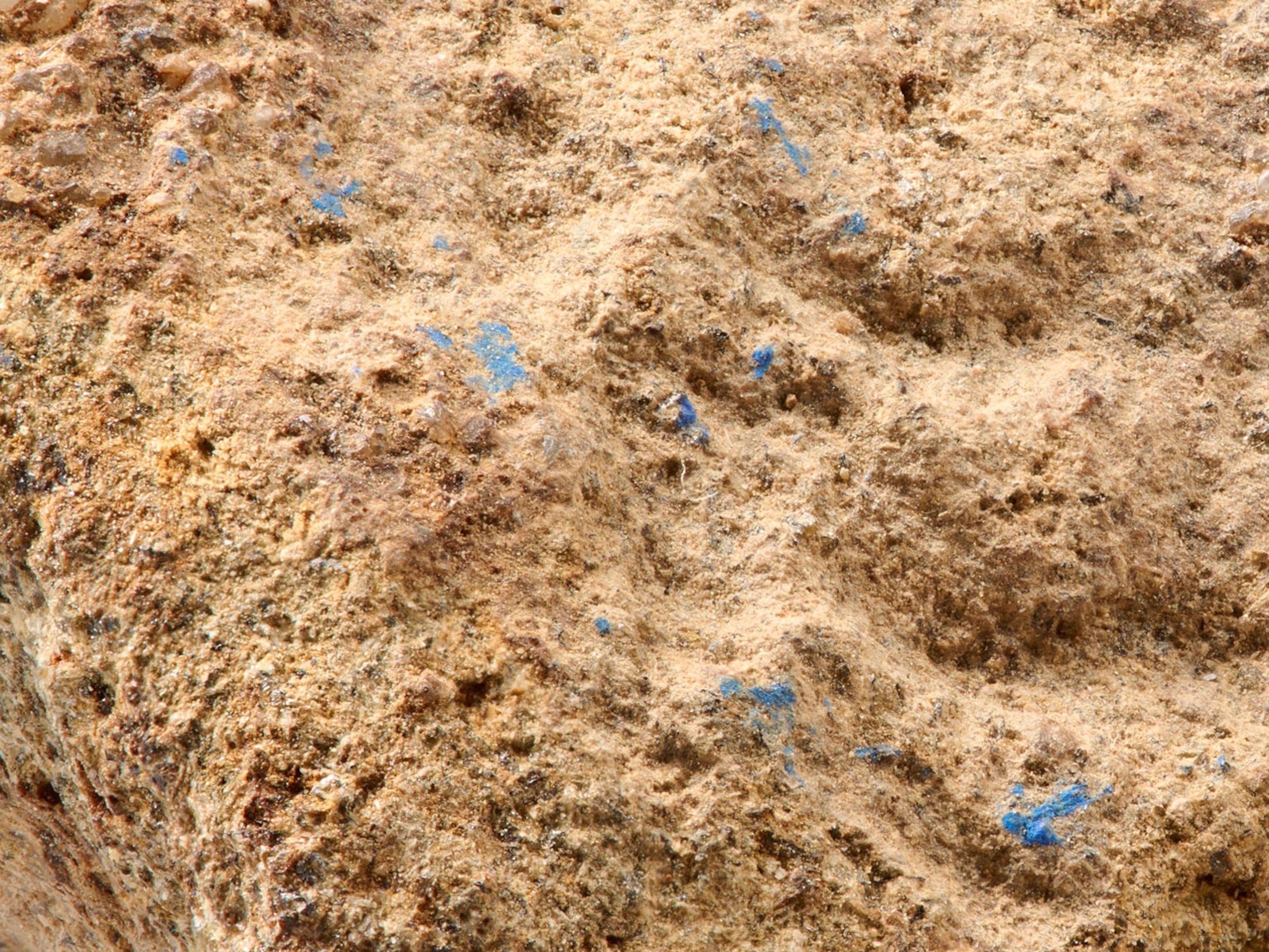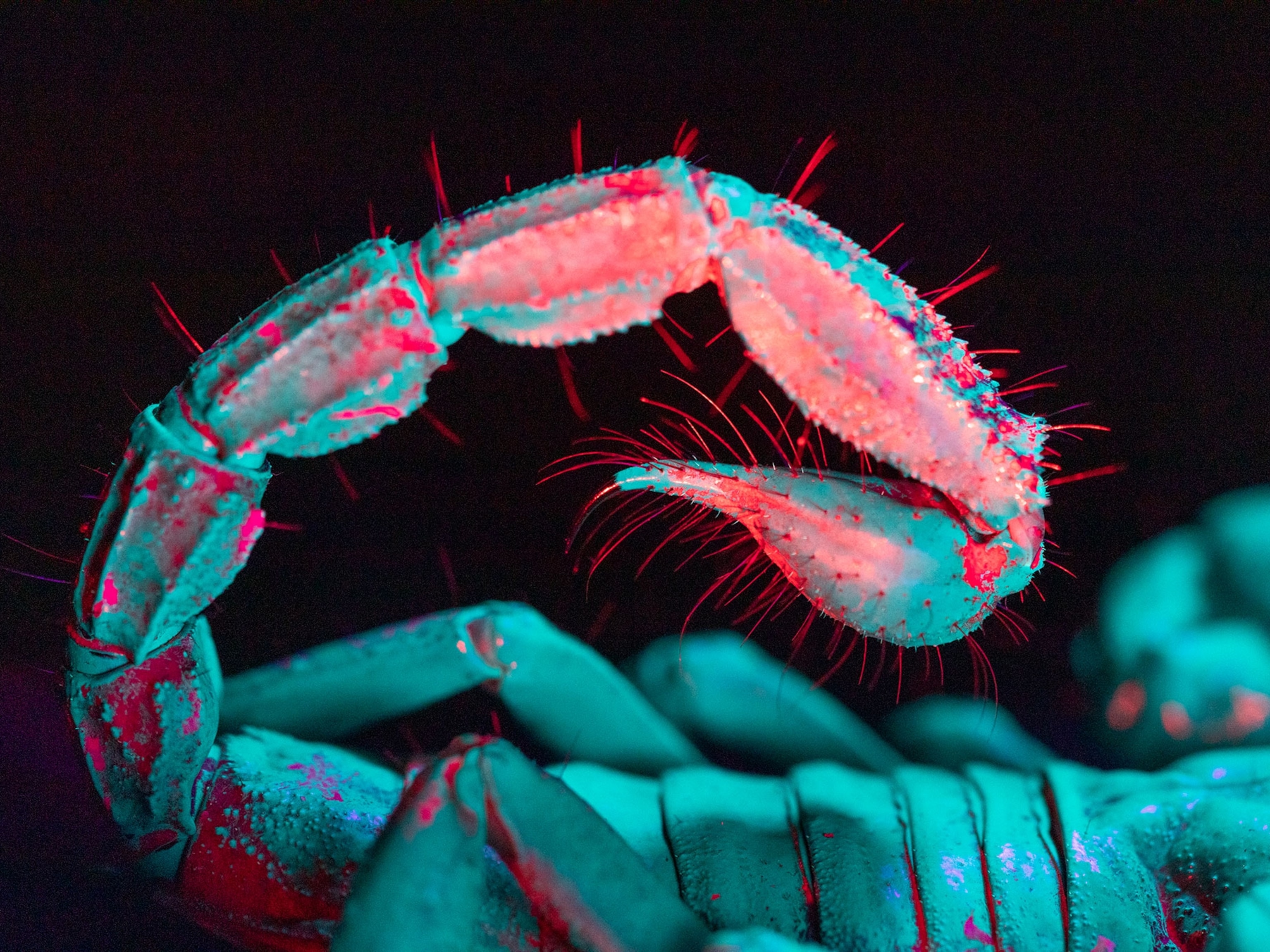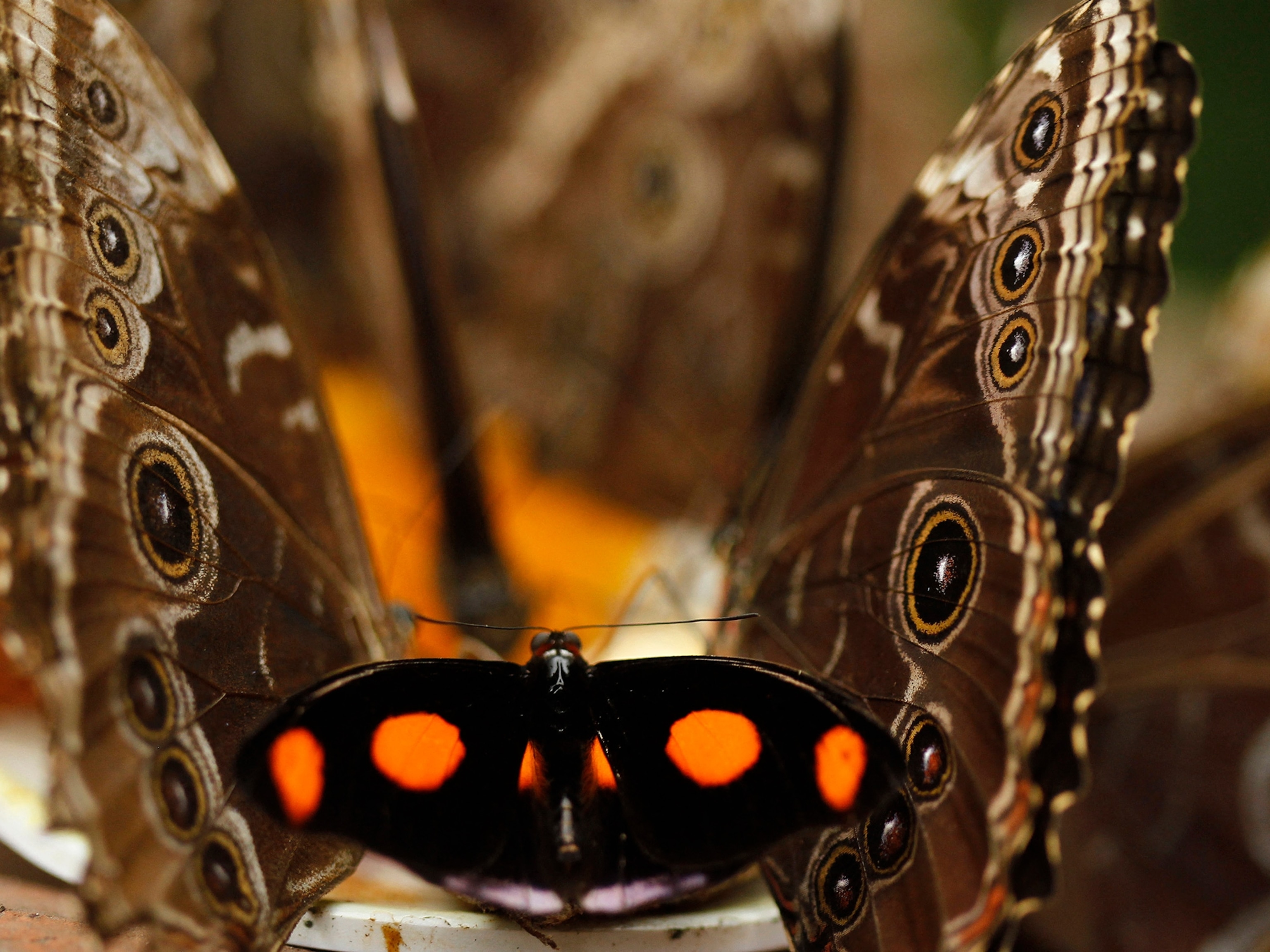The Color Blue: A Sign of Hope for Refugees
Photographer Omar Victor Diop uses design, patterns, and color to tell the story of Mbororo refugees from the Central African Republic.
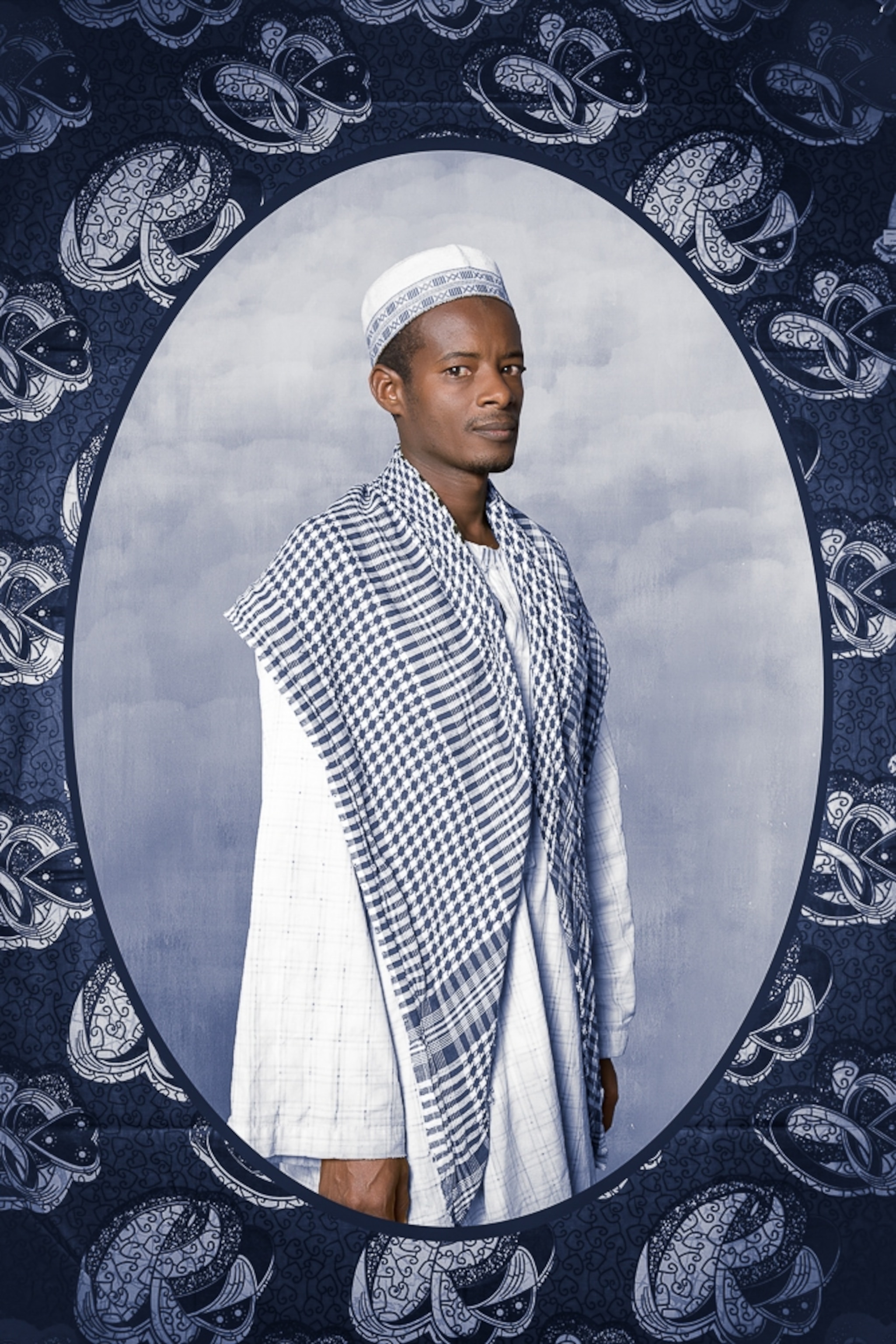

Omar Victor Diop's photography incorporates bright colors, bold backgrounds, and often features young African creatives. So when the Annenberg Space for Photography commissioned Diop to create work for an exhibition on refugees, Diop knew the project would take him outside of his comfort zone.
Diop is from Dakar, Senegal, so it seemed natural for him to photograph African refugees. With the help of the UNHCR, he was given access to two refugee camps in Cameroon. After an arduous four-hour ride through the jungle on bumpy dirt roads, Diop arrived at the camp just before dawn and left at dusk. He decided to focus on a community of refugees from the Mbororo tribe. The Mbororo, who are merchants and cattle herders, fled unrest in the Central African Republic.
Diop knew that his approach to these portraits would need to be different. "For the first time in my career, I refused to have an initial concept before I started working on a series," he says. "I didn’t want to start from a story that was written in the comfort of my studio. Rather, I wanted to be inspired by what I would see, hear, and feel."
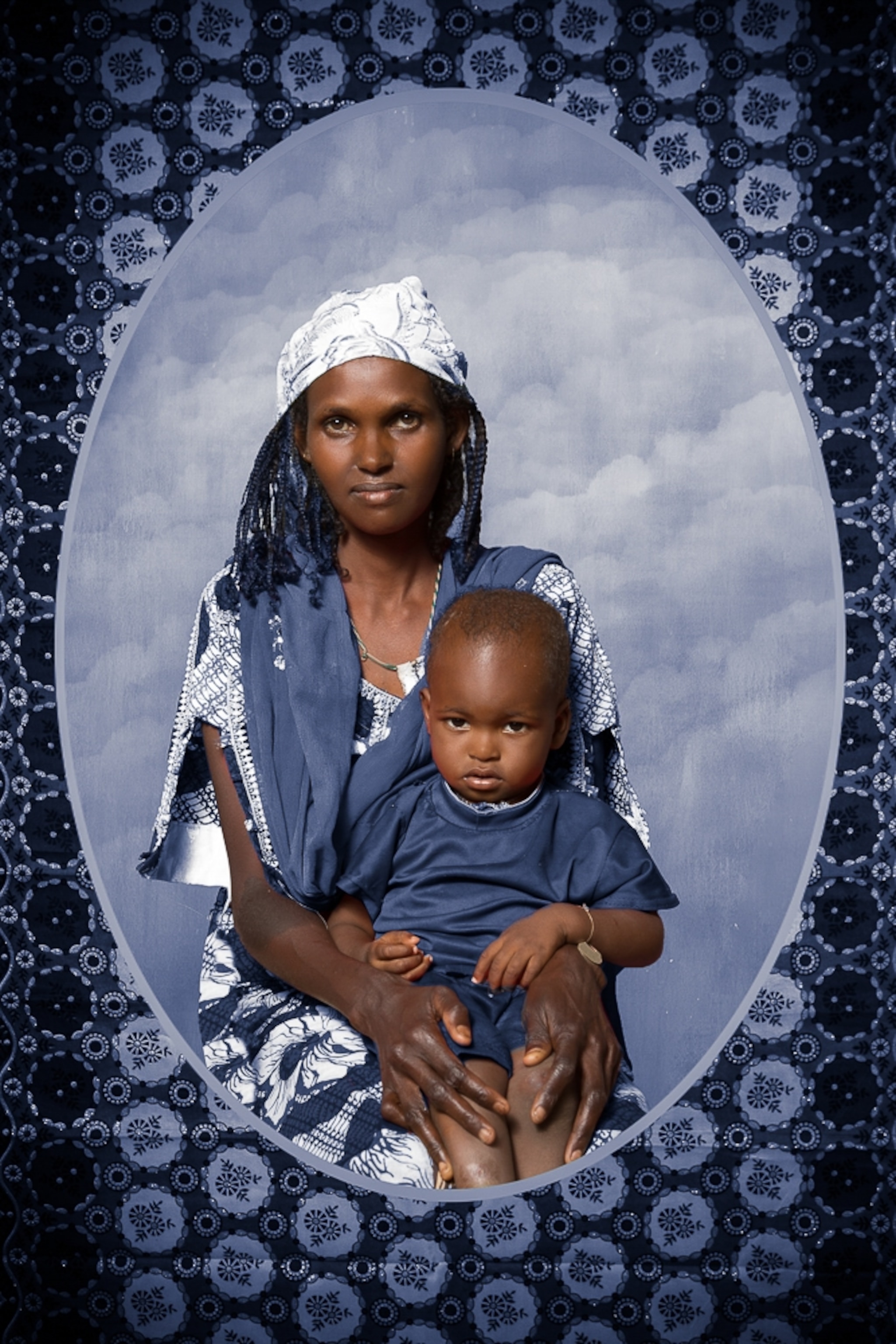
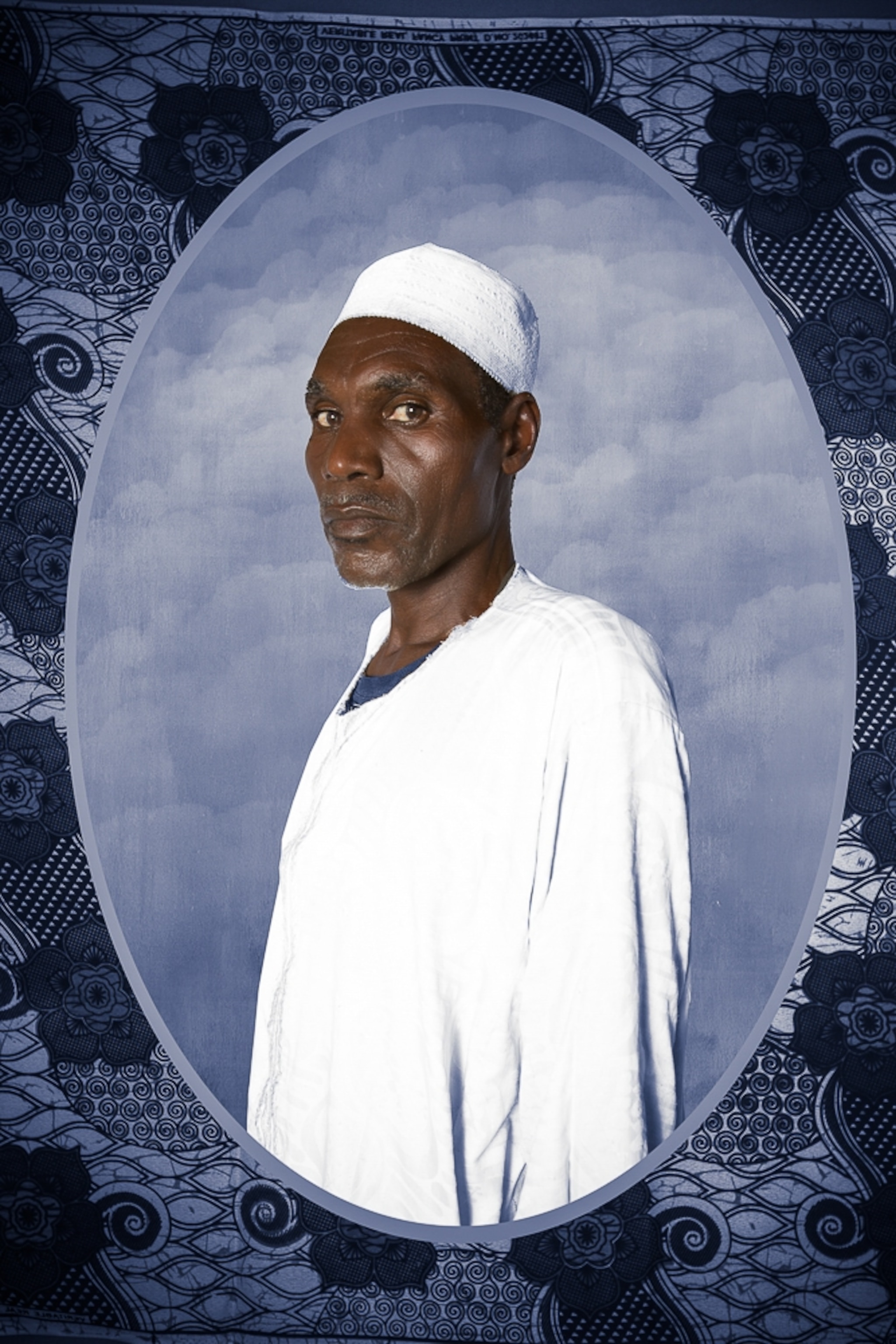
As part of this photographic exploration, Diop interviewed his subjects. While listening to their sentiments, a vision began to emerge for the project. He knew that he wanted to use color as a way of expressing the refugees' feelings.
"I've always seen color as a powerful tool to express emotions. Each one of us has different perceptions of what different colors evoke," he says. "For me, blue is the color of hope, resilience, and calm. These are the feelings that the refugees I met communicated to me.
"The most striking thing was that no matter how terrible some [of] the experiences had been, they were always shared with dignity and generosity, sometimes even with a smile. I was very humbled by the way these men and women opened up about not only their recent past, but also about how they were confident that things would eventually get better."
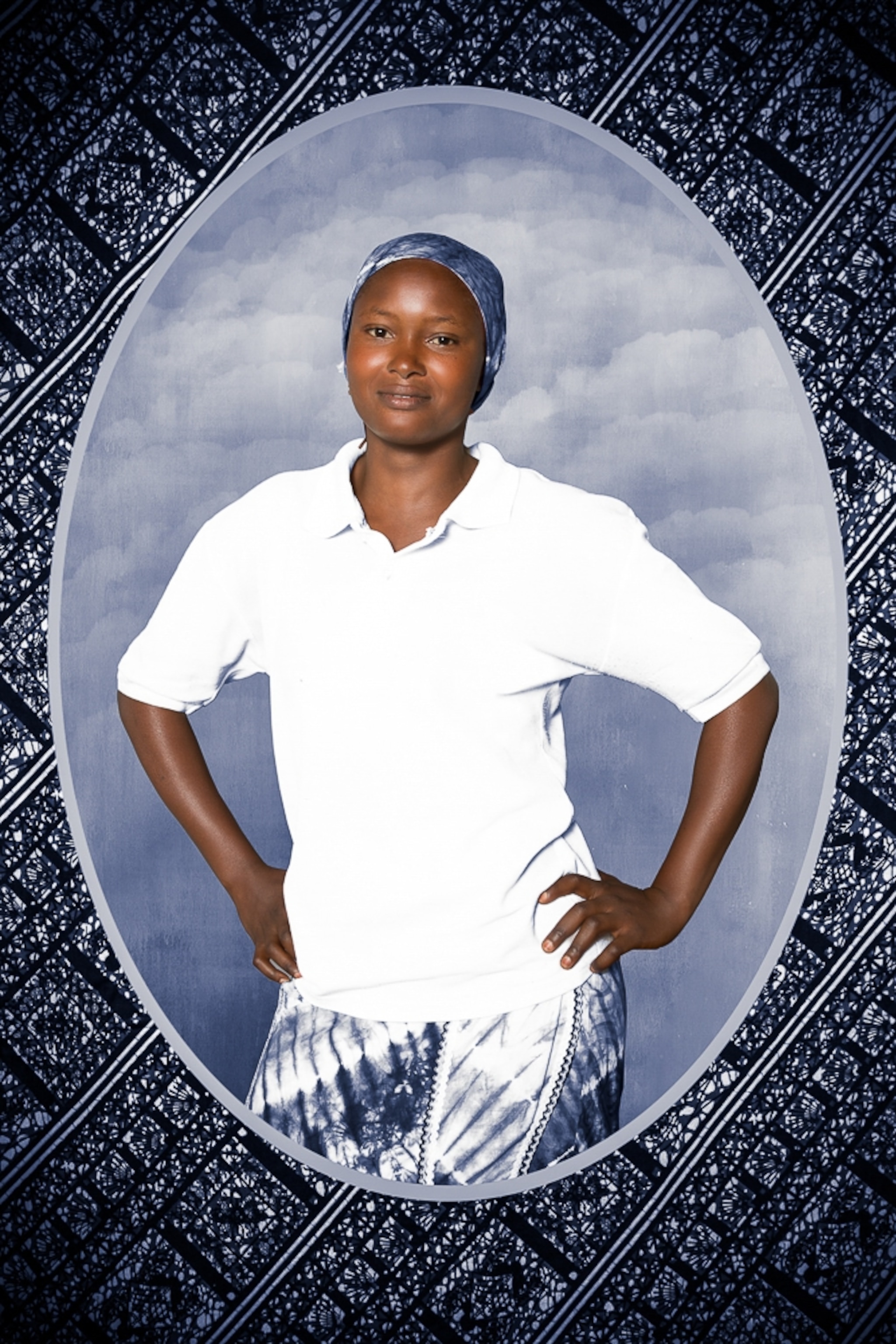

Diop says that he didn't dress all of the refugees in blue and white—he simply used post-production techniques to isolate the blue in their clothing.
"I altered the colors in order to keep just the blue hues, as I wanted to produce a blue ensemble, to express a feeling—a bit like Picasso and his Blue Period, although he had paint brushes while I have pixels."
Diop says he hopes that these photographs will humanize the experiences of refugees.

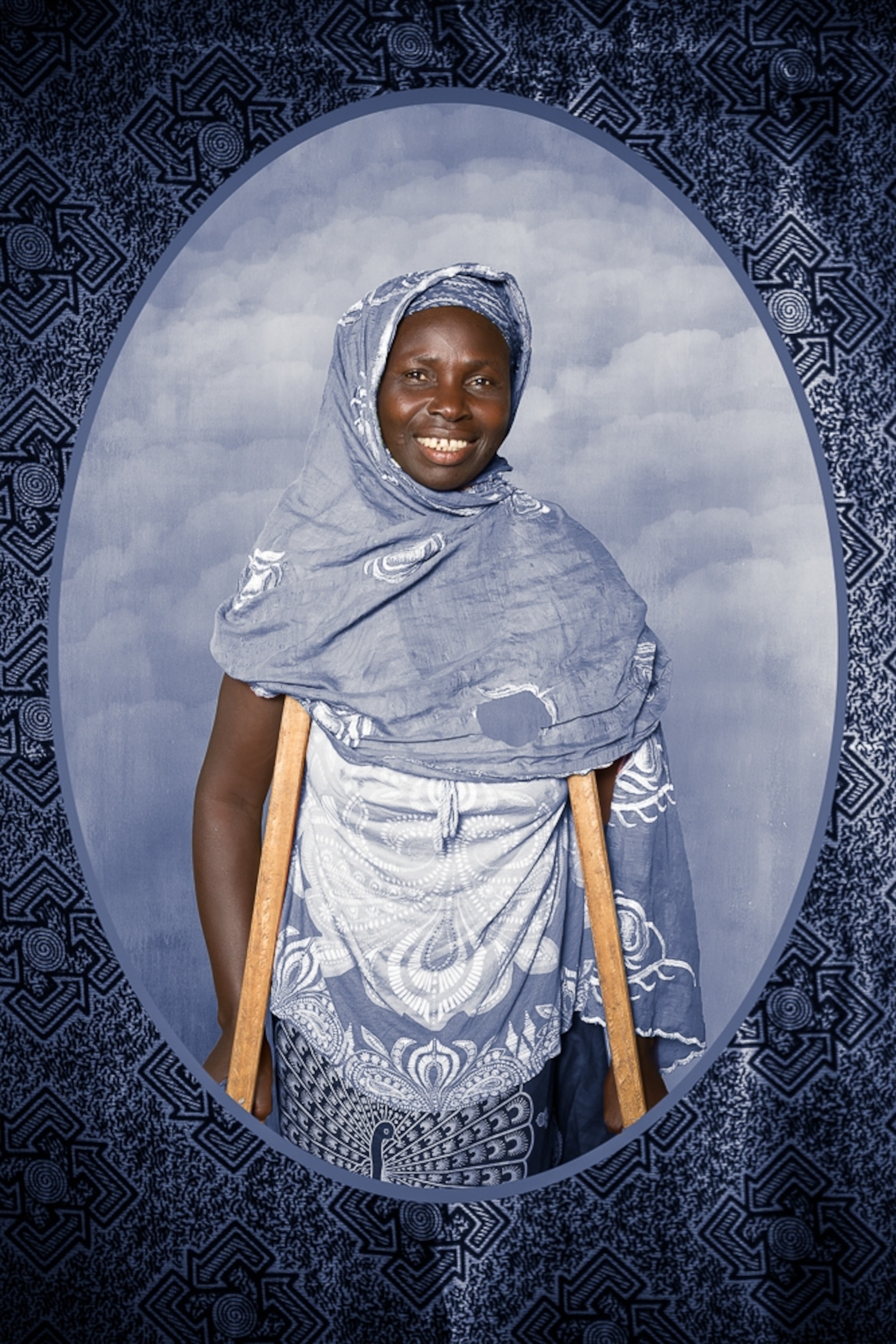
"I want people to see the refugees as their fellow human beings, not as statistics or as a threat to their security or comfort," he says.
"No one is 100 percent safe from becoming a refugee, and building a wall is not a solution. I also wanted the refugees to see themselves differently and have at least one positive record of their days in exile."
View more of Omar Victor Diop's work on his website.
Janna Dotschkal is an associate photo editor for National Geographic. Follow her on Twitter and Instagram.

